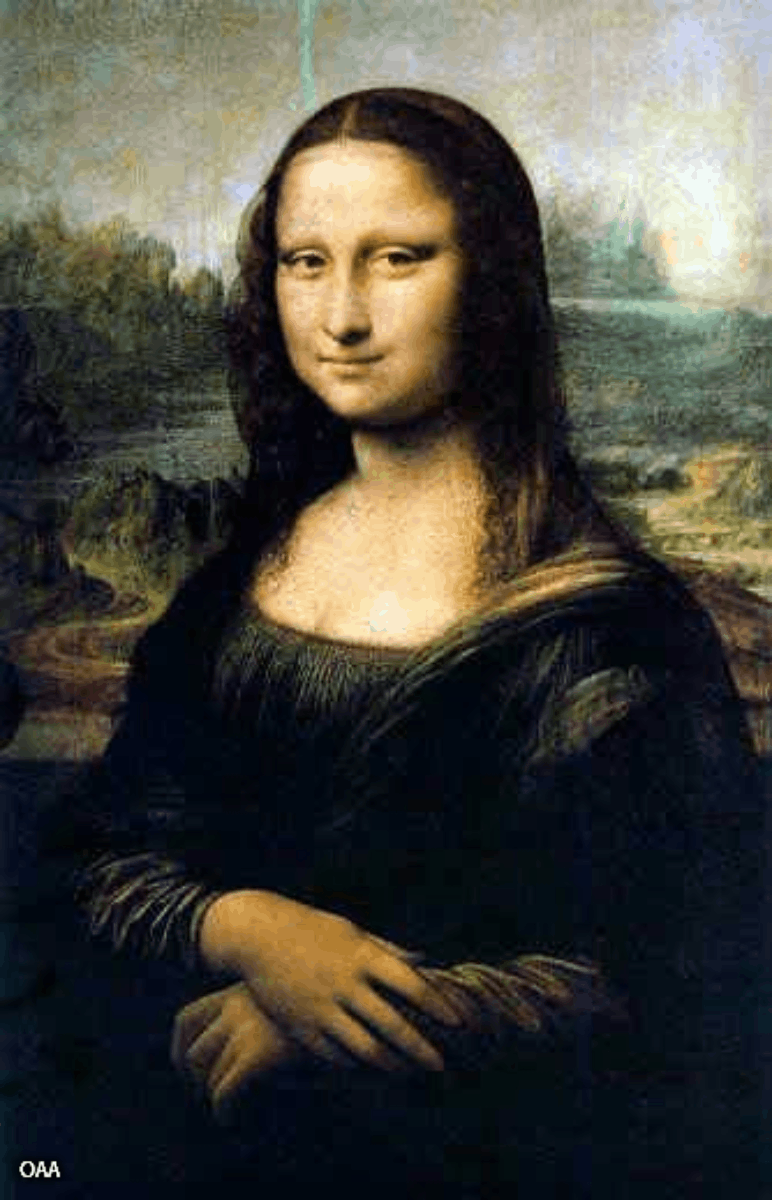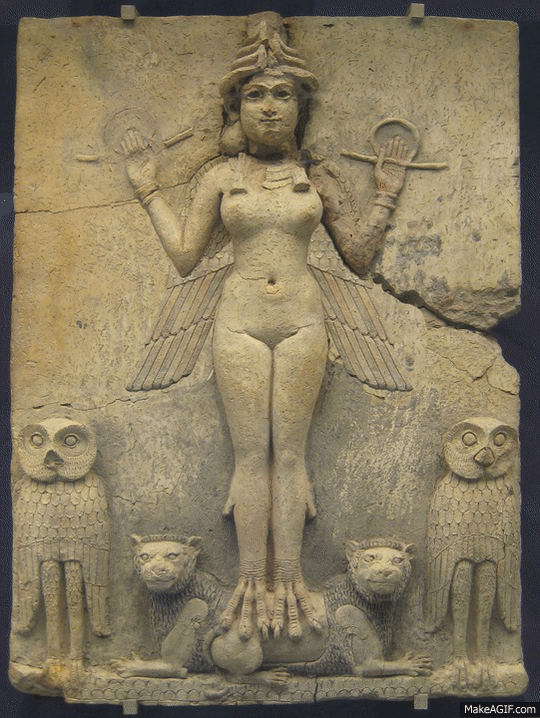Happy International Women’s Day!
Since moving to rural Ireland, I don’t celebrate International Women’s Day, like I used to. In the cities, there is always some fantastic event or party being organised. but , here in a small town in rural Ireland, its a day like any other. I have been following with great interest, the rise of feminism in Ireland, there are currently several womens rights campaigns going on in Ireland, from #WakingtheFeminists to #Repealthe8th, which I follow on social media with great interest.
For my part, I decided to practise my new GIF skills. I love History. I was always fascinated, but failed to achieve much, academically, not having a thing for numbers. In other words, I never remembered dates. I’m currently research ways to use tools such as GIF making, for educational purposes, and I love some of the history GIFs that are coming out.
I recently came across the website of Ashley M. Richter, http://adventuresindigitalarchaeology.com.
I was struck by the variety of digital projects she has undertaken, and her articles are very well written. She also runs another site http://openaccessantiquarianism.com. Her article on GIF’s were what inspired me to have a go myself.
GIFS are wonderful little creatures quickly being adapted into internet platforms. And art historians, architects, archaeologists, and especially museums need to start using them more often and more effectively to show off their array of multi-spectral imaging on cool artifacts, art, and structures. Everyone should be getting on the visualization-wagon and starting to find new ways to engage with an increasingly fickle attention-challenged audience who actually really does want to know this kind of stuff and see it—if only there were palatable ways to do so (and pipelines to funnel scientific data into aesthetically pleasing visuals like the one’s I’ve made from the data below
In this article she displayed a series of GIF’s. these are made up of well known paintings that have have a series of scanning tehniques carried out, from x-ray, emissiograph, infrared to ultraviolet, a series of reflective image taking, to see what was behind the paintings.
The process of fluorescence spectrometry allowed scientists to see each layer of paint that were stroked on by the artist. These x-rays gave scientists direction to reinstall the Mona Lisa in a new glasscase, but maybe more importantly, revealed some entirely new information about Leonardo’s famous Mona Lisa painting. According to those reading the x-rays, Da Vinci used 30 layers of paint that amazingly only added 40 micromemters of paint. That’s half the width of a human hair. Before the x-ray was taken, most everyone who has ever seen the masterpiece in person will tell you it’s nearly impossible to see any brushstrokes on the canvas. Later, an emissiograph (which is an image created using an X-ray imaging technique) was done of the Mona Lisa. [1]
Over Easter Week, I am taking part in a residential training weekend, in Cork, called Streetwise: Urban Arts Training for Youth Workers. “The Streetwise programme provides a space to build skills, competencies, motivation and methodological approaches for Youth workers and organisations who engage young people to nurture competencies to enable them to grow as responsible, empathetic, resilient and critically engaged Global Citizens. It focuses on creative writing and urban arts for public engagement and the street as a place to communicate messages of Global citizenship and to advocate for justice issues.” [2]
Through my previous work, working in the Arts, and with Youth, I am very excited and eager to be part of this project. Although it is non-digital, I can see, exactly where the digital can fit in. The research and communication with other Youth Workers, digital tools for art making and public engagement, recording and archiving of the project. The use of digital tools to create a new generation of engaged Digital Citizens. A term, and ideal, I have come across through this course and my research into the Maker Culture. Using visual tools such as GIFs for the exploration of history, heritage and engagement, is going to become a very interesting area of exploration and visualization.
For International Womens Day, I wanted to celebrate by combining time, heritage, cultures, womens rights and Global Citizenship into one little GIF. Long list for just a few seconds! For this I wanted to use the original first lady. No not Eve, but Lilith, the mad first wife of Adam. I decided to use and image of the Burney Relief (also known as the Queen of the Night relief). It is a Mesopotamian terracotta plaque in high relief of the Isin-Larsa- or Old-Babylonian period, depicting a winged, nude, goddess-like figure with bird’s talons, flanked by owls, and perched upon two lions. [3] Whether this Queen is Lilith, Inanna/Ishtar, or Ereshkigal, is up for debate, but she suited my purposes. I created this GIF, using the Burney Relief as a symbol of the powerful woman.
Using Photoshop, I, firstly, added eyes to the Lions, and then the Owl. I then, played with her arms and wings, to create movement. Finally adding in a banner in support of the #RepealThe8th movement. The current protest in Ireland, is to give women control over their own reproductive rights. The GIF is subtle, but with an undertone of movement and protest. I can see the GIF becoming a powerful tool, for use in working with Youth, for engagement in digital literacy, visual language, and a fun way of expression.




Love it! <3 x